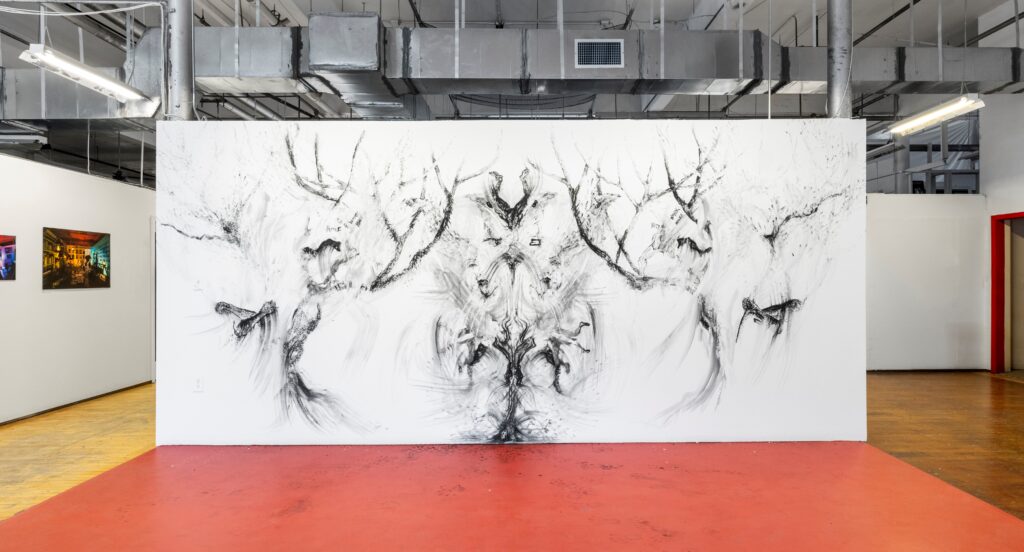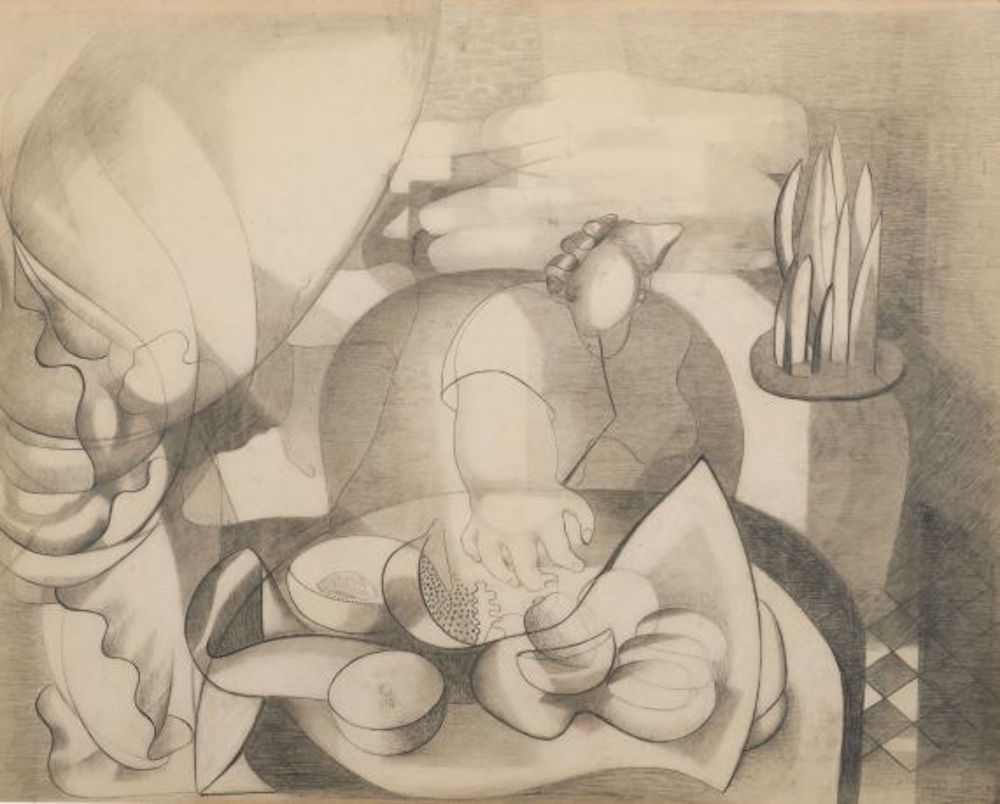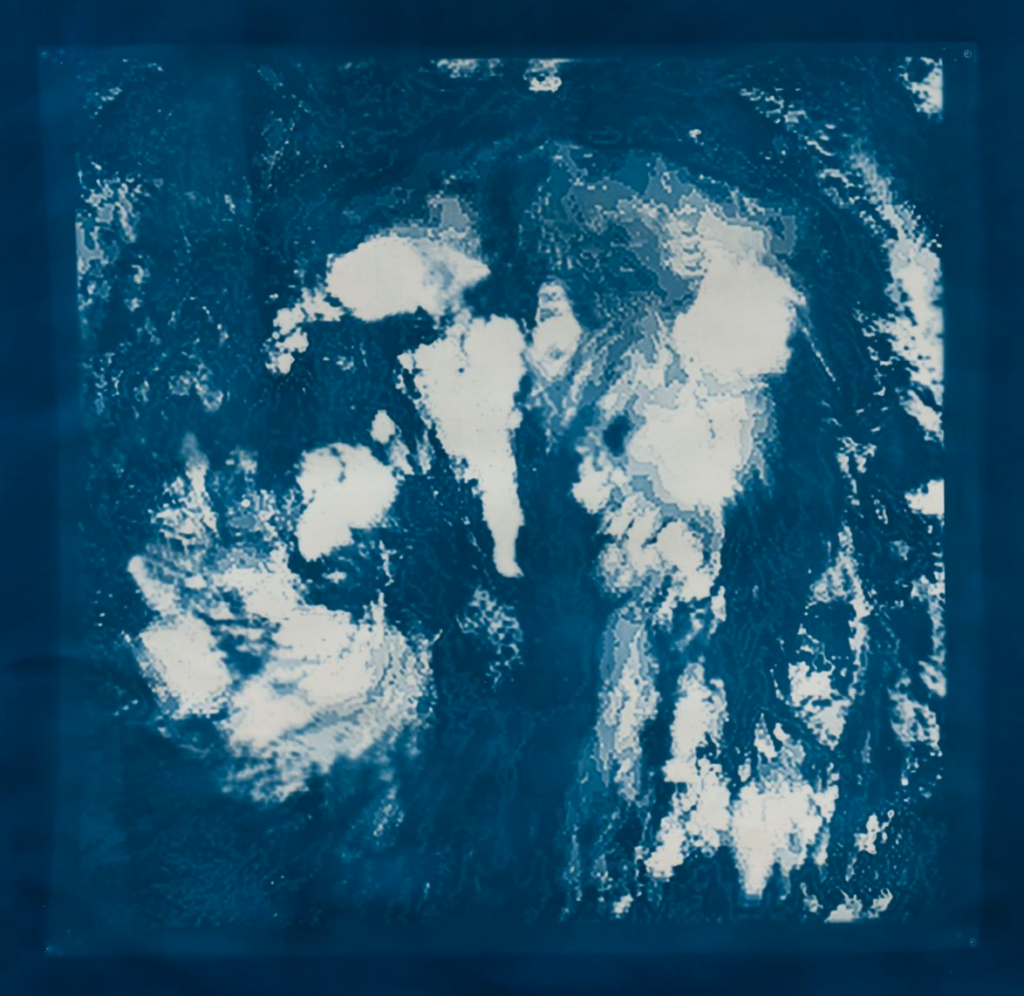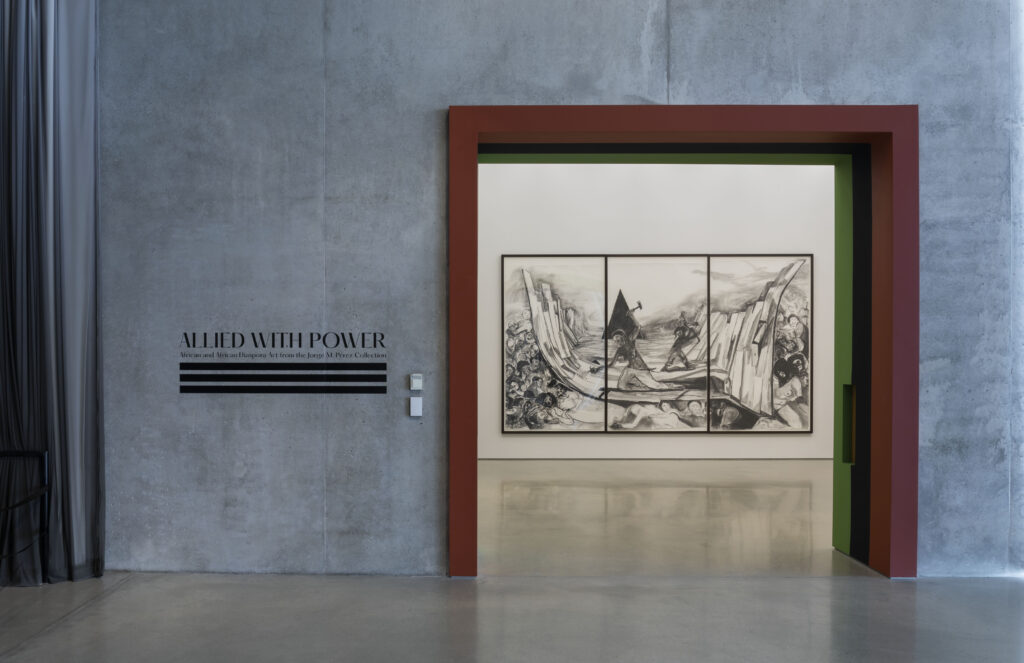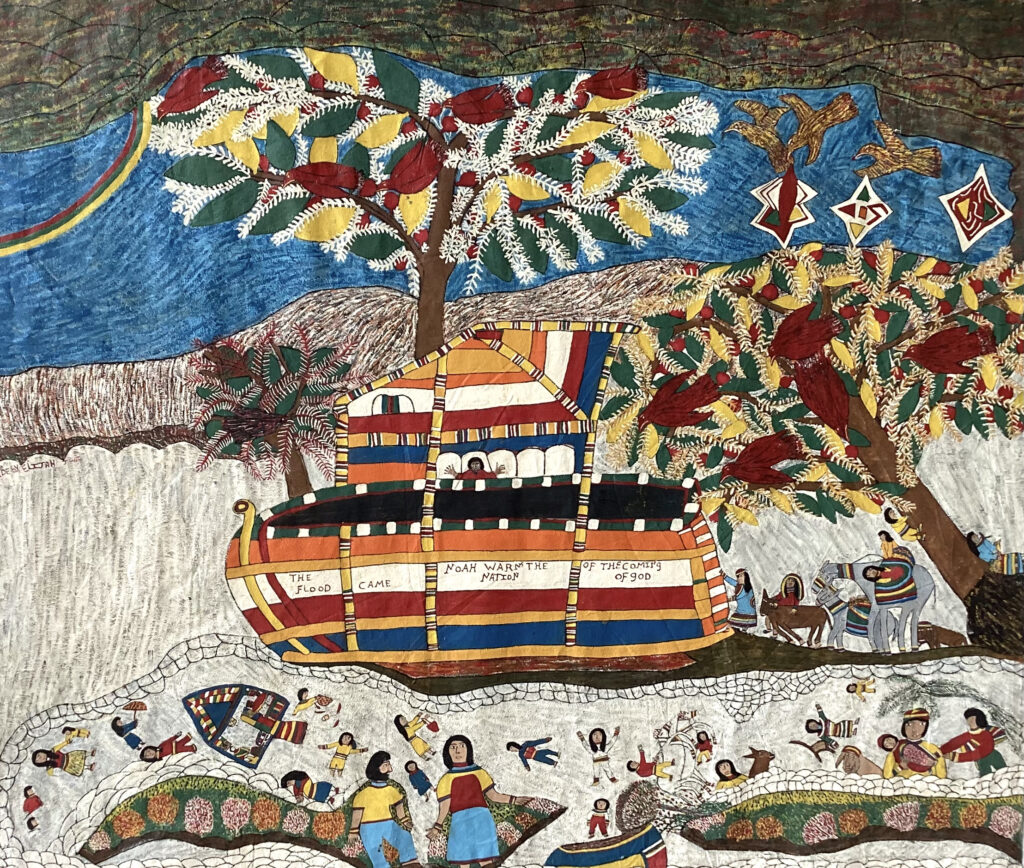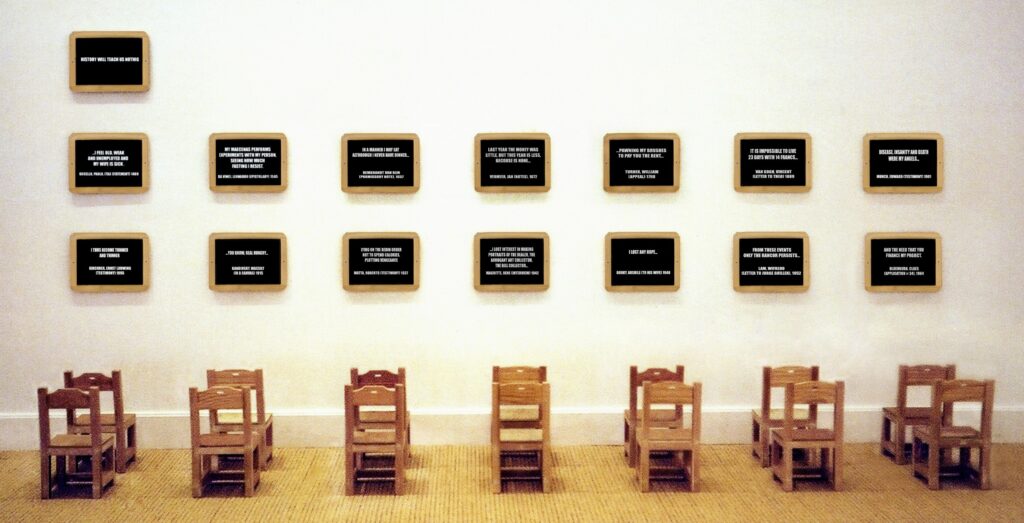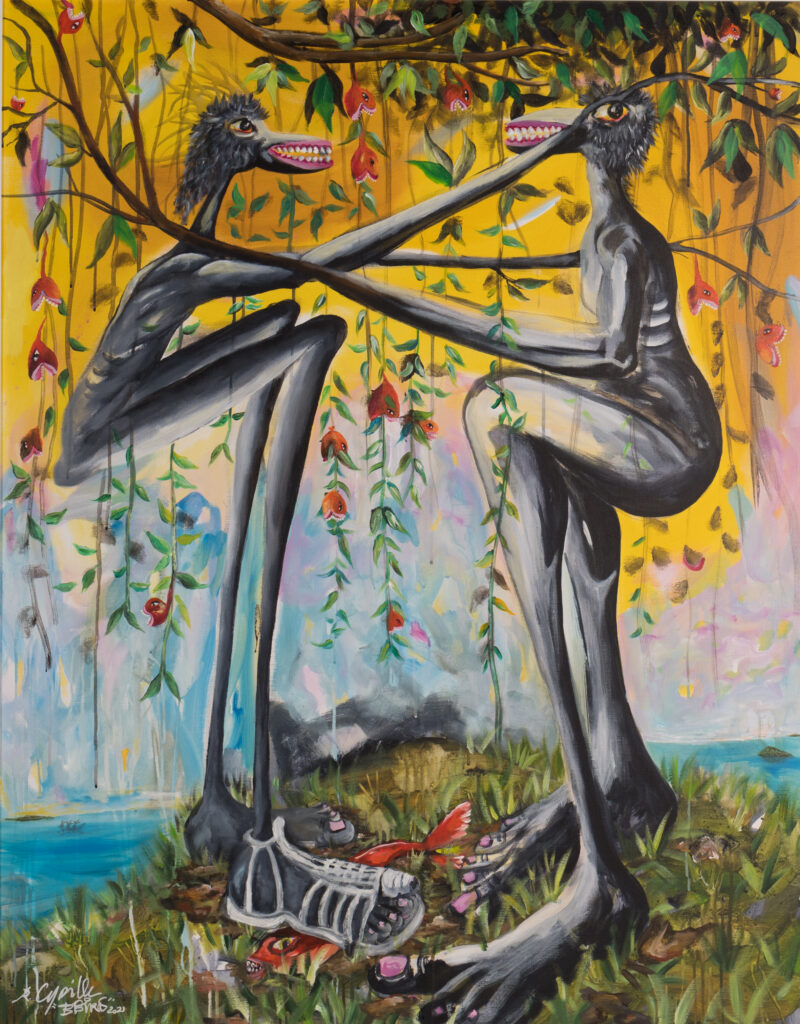Playing Mas: Shannon Alonzo’s Wall Drawings
This article focuses on three performative-transformative wall drawings by Trinidadian artist Shannon Alonzo that explore the enduring power of Carnival and the ways in which its traditional characters and rituals are resurrected each year, manifesting its spirit of resilience, resistance, and liberation: Subterranean Sentiments of Belonging, a three-part mural cycle created and presented at Alice Yard in Trinidad in 2020; Mangrove, which was commissioned for the 2023 Liverpool Biennial; and Play ah mas, Play yaself, which was created in 2023 at the Bakehouse Art Complex in Miami as part of a Caribbean Cultural Institute (CCI) Fellowship through Pérez Art Museum Miami.

